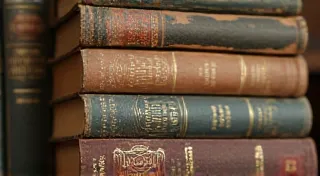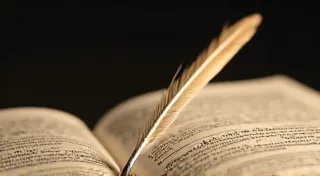The Cartographer's Compass: Slide Rules and the Pursuit of Spatial Understanding
There’s a quiet dignity to antique tools. A certain resonance that speaks of a time when ingenuity was born not from silicon, but from meticulous calculation and the tangible weight of brass and mahogany. And few tools embody that more profoundly than the slide rule. More than just calculators, they were extensions of the mind, pathways to understanding space and proportion, vital companions to surveyors, navigators, and architects who shaped the world around us. My own fascination began with a battered Pickett Model N-8, found tucked away in my grandfather’s workshop, a legacy more valuable than any monetary sum.
He was a civil engineer, a man of precise angles and measured progress. I remember him patiently explaining, not just how to use the slide rule, but *why* it worked. It wasn’t about memorizing a sequence of operations, it was about grasping the underlying logarithmic principles, the elegant relationship between multiplication and exponents. That early exposure ignited a spark, a deep appreciation for the power of these seemingly simple instruments. It was a doorway to understanding how the world could be dissected, quantified, and brought to life.
A History Etched in Brass and Time
The slide rule's history is surprisingly rich, evolving from early concepts of proportional scales to the sophisticated instruments we recognize today. While the true origins are murky, the development in the 17th century, particularly the work of William Oughtred, is considered a pivotal moment. These early versions were clunky and far from perfect, but they represented a revolutionary leap in calculation. As technology advanced, so did the slide rule – the addition of the hairline cursor, the incorporation of scales for trigonometry and logarithms, the refinement of manufacturing techniques. The 20th century saw a golden age, with companies like Pickett, Faber, and Regess producing exquisitely crafted slide rules that were the pride of engineers and scientists worldwide. They became essential tools in the era of rapid industrial growth, underpinning everything from the construction of skyscrapers to the design of airplanes. The stories they hold within their brass bodies are fascinating, reflecting a period of unparalleled innovation and precision.
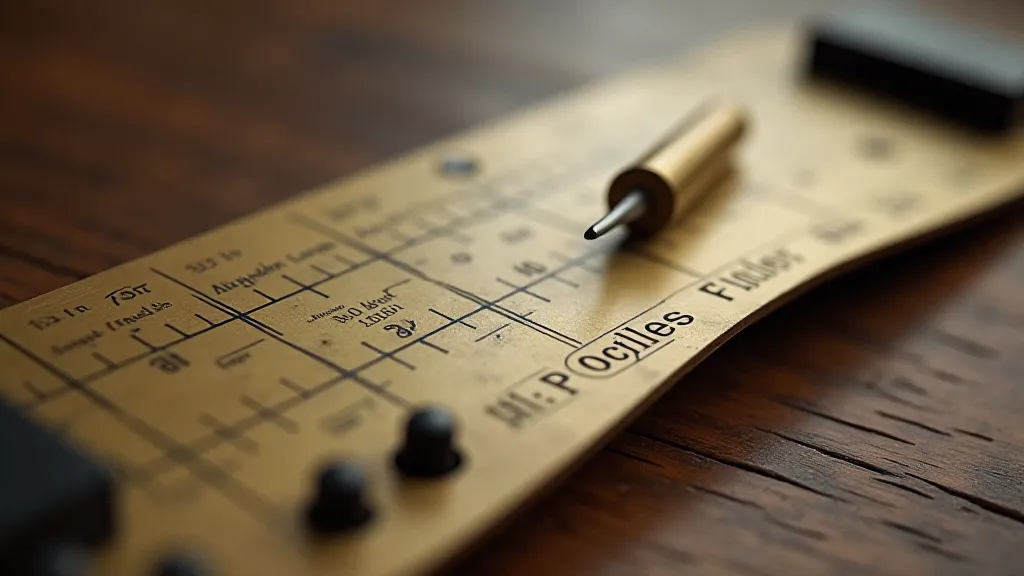
Beyond Calculation: Spatial Reasoning and Intuition
What truly sets slide rules apart, though, isn't just their ability to perform calculations; it’s how they fostered a particular kind of spatial reasoning. Unlike modern calculators that offer instant answers, the slide rule demanded a deliberate, methodical approach. You had to visualize the numbers, understand their relationships, and physically manipulate the instrument to arrive at the result. This process, this *engagement* with the numbers, honed a mental agility that extended far beyond arithmetic. Surveyors needed to understand distances, angles, and elevations. Navigators had to account for wind, currents, and celestial positions. Architects had to balance aesthetics with structural integrity. The slide rule wasn’t just a tool for arriving at a single number; it was a training ground for the mind, fostering a deeper understanding of the spatial relationships that governed the world around us.
I've often thought about the difference between reading a map and *understanding* a map. The slide rule, in a similar vein, forced you to comprehend the underlying principles rather than simply accepting the final answer. It encouraged a feeling for scale, for proportion, for the elegance of mathematical relationships – a sensitivity that’s often lost in our age of instant gratification. The tactile experience – the feel of the brass, the satisfying click of the cursor – further grounded the calculations in a physical reality. Sometimes, the imperfections of a slide rule – a slightly worn scale, a minor scratch – added to its charm, a testament to its years of faithful service. It's tempting to ponder what poetic stories those imperfections could tell, almost as if recounting fractured reflections of moments in time.
Restoration: Preserving a Legacy
Restoring a vintage slide rule is more than just cleaning it; it's an act of preservation, a tribute to the craftsmanship and ingenuity of a bygone era. Many have been subjected to years of neglect, discarded in dusty drawers or lost in attics. Often, they’re missing pieces, have cracked scales, or suffer from sticky cursors. The process can be meticulous, requiring patience, a steady hand, and a deep respect for the instrument's history. It’s a delicate art, requiring more than just mechanical skill; it’s about understanding the history and appreciating the value of what you’re bringing back to life.
The first step is usually cleaning. Gentle methods are key – avoiding harsh chemicals that can damage the scales or finish. Warm water and mild soap are often sufficient. For stubborn grime, a specialized brass cleaner can be used, but sparingly. Replacing missing cursor lines is a delicate procedure, often requiring a skilled hand and specialized materials. Addressing stickiness in the cursor usually involves carefully lubricating the moving parts, again using lubricants that won’t damage the material. Often, the most rewarding part isn’t just the restored functionality but the feeling of connection to the past, the silent acknowledgement of the hands that crafted and relied upon these instruments.
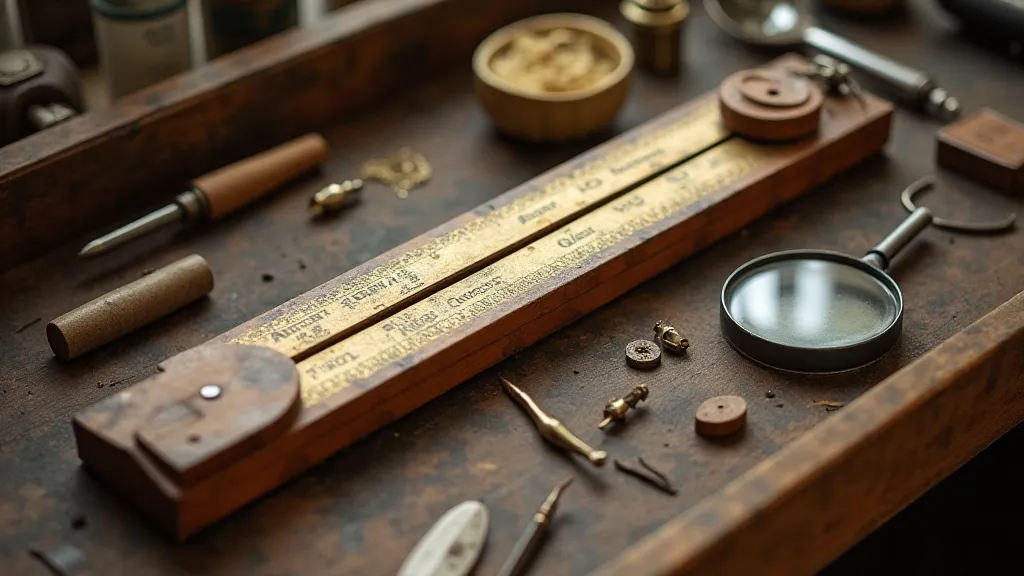
The beauty of restoration extends beyond the mechanical aspects. It’s about recognizing the inherent value in objects that have weathered time, objects that hold echoes of a different age. Consider the stories embedded within a damaged scale, the silent testimony of a surveyor marking land, or an architect calculating stress on a structural beam. Each imperfection is a chapter in that silent narrative. The process often leads to deeper appreciation for the materials and methods used in their original creation, a respect born from the challenge of bringing them back to their former glory.
Collecting: More Than Just Numbers
Collecting vintage slide rules is a surprisingly vibrant hobby. Collectors are drawn not just to the instruments themselves but to the stories they represent – the history of engineering, the evolution of technology, the ingenuity of the human mind. Certain models, like the Pickett Model N-8 or the Faber 2046, are particularly sought after for their precision, rarity, and historical significance. The pursuit of these treasures can be a quest in itself, a fascinating journey through antique shops, online auctions, and flea markets, each discovery adding another piece to the puzzle of technological history. Understanding the history of these tools can be a rewarding experience, much like exploring the broader realm of antique technology.
The collecting community is also incredibly supportive and knowledgeable, offering guidance, sharing information, and fostering a shared appreciation for these remarkable tools. It’s a chance to connect with like-minded individuals, to delve deeper into the history of engineering, and to celebrate the enduring legacy of these elegant instruments. Each slide rule has a story, and the act of collecting is, in a way, a process of uncovering those stories, one calculation at a time. The dedication required to maintain and curate a collection speaks volumes about the value placed on these artifacts.
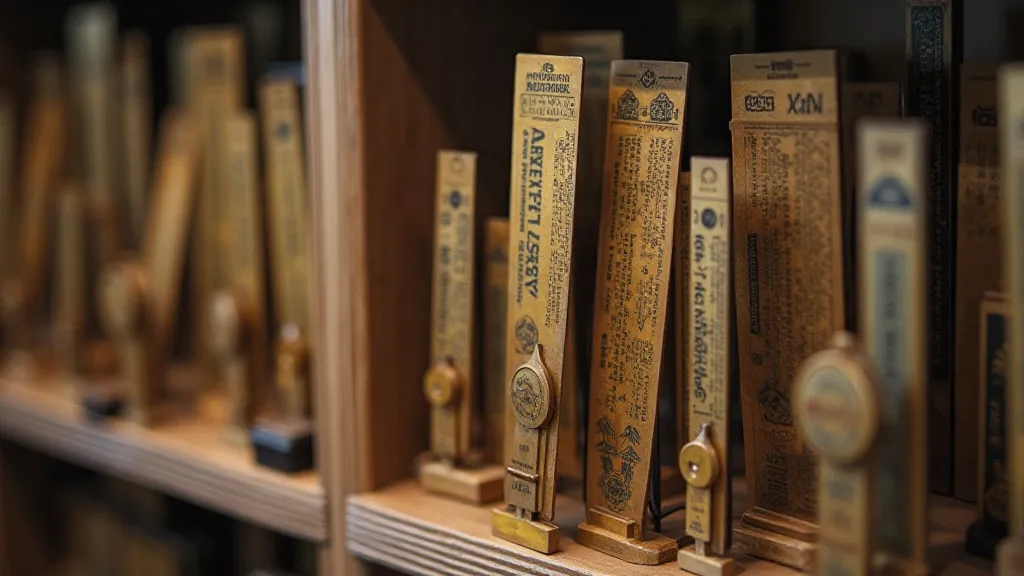
Beyond the instruments themselves, a slide rule collection can become a microcosm of technological advancement, a tangible representation of how human innovation has shaped the world around us. A collection might span decades, showcasing the subtle shifts in design, materials, and manufacturing techniques that reflect broader societal trends. It's not just about accumulating objects; it's about curating a narrative, a visual history of human ingenuity.
The Enduring Legacy
The slide rule may be a relic of a bygone era, largely superseded by digital technology, but its spirit endures. It serves as a reminder that true understanding comes not just from obtaining answers but from appreciating the processes that lead to them – a lesson as relevant today as it was a century ago. While calculators and computers offer unparalleled speed and precision, they often obscure the underlying principles, the mental agility that the slide rule cultivated. Perhaps there's a lesson to be learned from returning, even briefly, to the slower, more deliberate pace of calculation, to reconnect with the tangible world and the elegance of mathematical relationships. The slide rule represents a time when human skill and ingenuity were paramount, a time when the tools themselves were works of art.
And while digital tools continue to advance, the lessons learned from the slide rule – the emphasis on spatial reasoning, the appreciation for process, the satisfaction of arriving at an answer through deliberate effort – remain invaluable. They represent a different way of engaging with the world, a way that fosters a deeper understanding and a greater appreciation for the power of human ingenuity. They are a tangible link to a time when craftsmanship and precision were not merely desirable qualities but essential requirements.
